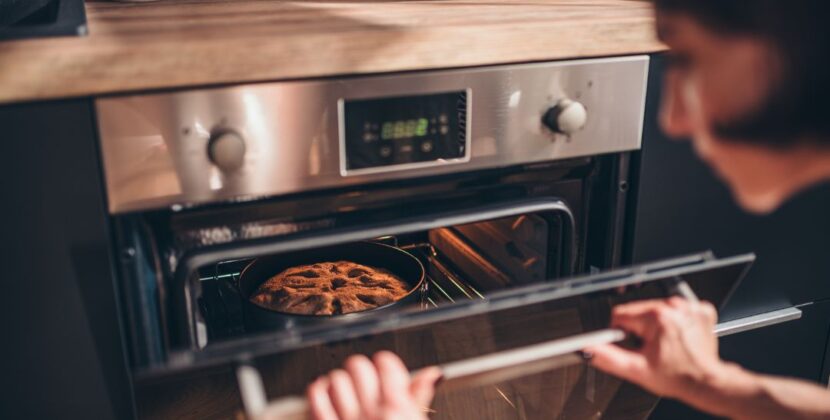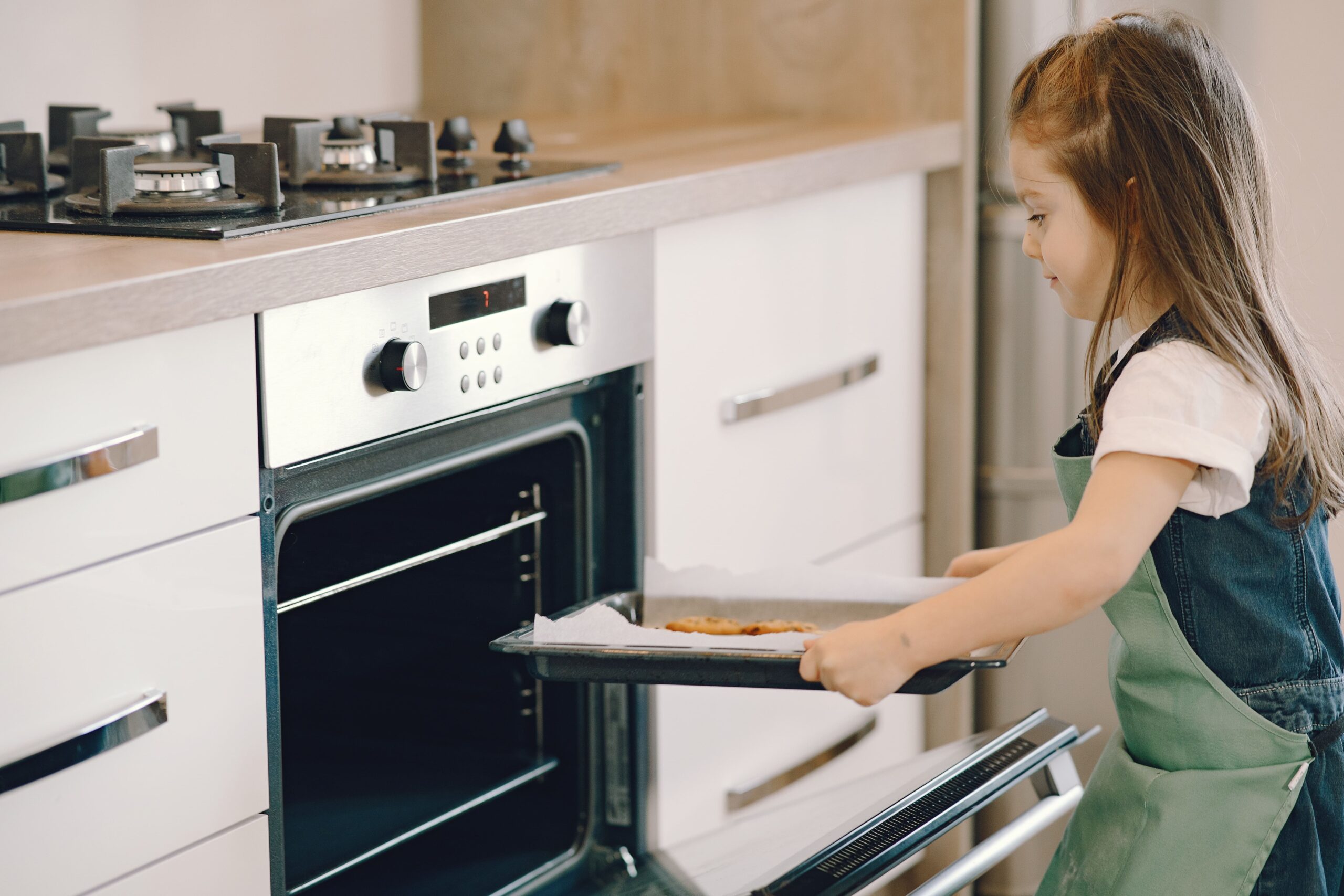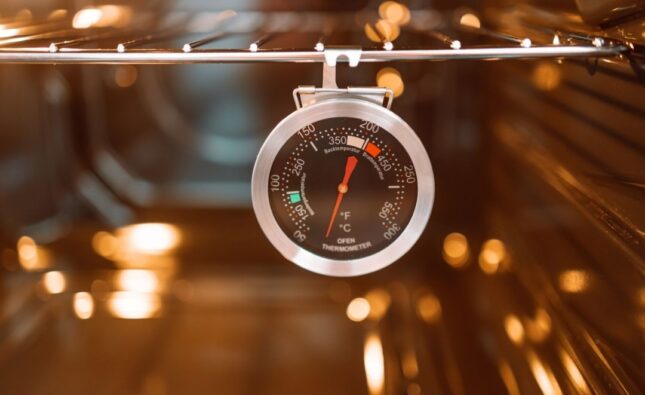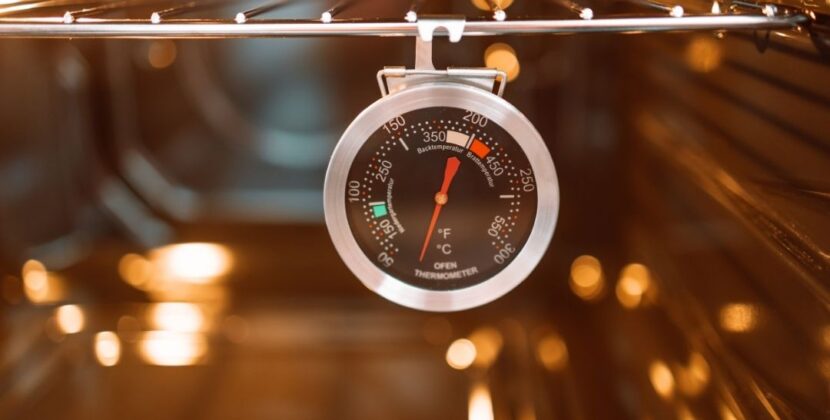
As an Amazon Associate, I earn from qualifying purchases
Your oven is a trusty companion in the kitchen, faithfully assisting in the creation of countless meals and memories. But do you know if your oven is gas or electric? It may seem like a small detail, but understanding your oven’s type is crucial for safety, maintenance, and optimizing your cooking experience. In this comprehensive guide, we’ll walk you through the distinguishing features of gas and electric ovens, highlight the safety measures to observe with each type and offer insights into their performance and costs. Whether you enjoy cooking, DIY projects, or want to keep your home secure, this is a must-read article.
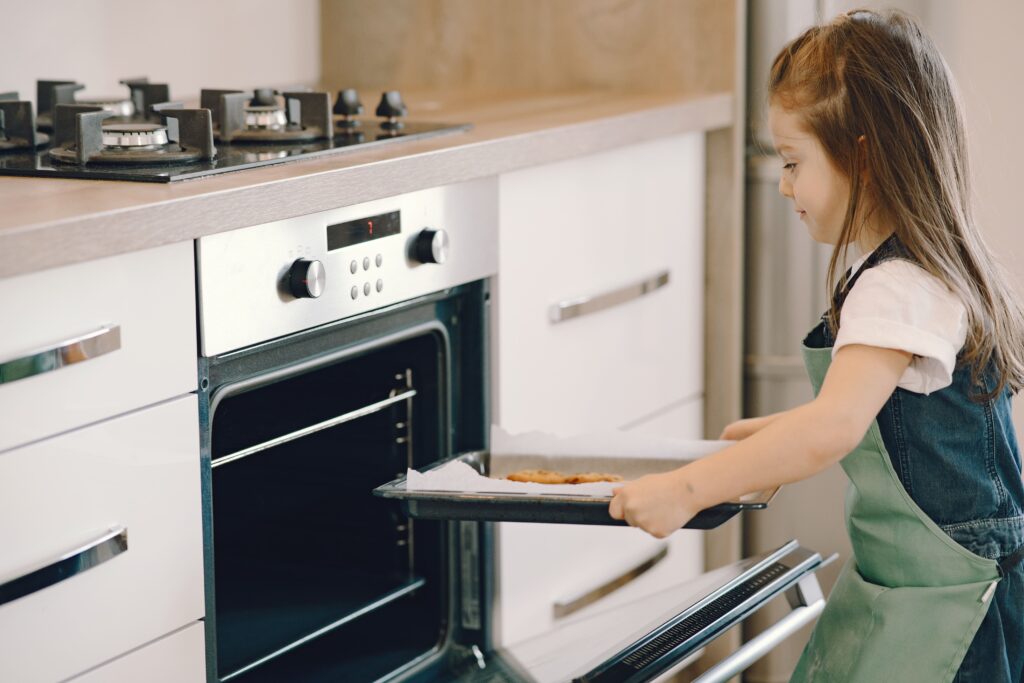
Identifying a Gas Oven
Gas ovens are recognized for their dependability and even heating. Here’s how you can tell if you have a gas model in your kitchen:
The Flame and Pilot Light
One of the most apparent signs of a gas oven is the presence of a visible blue flame when the oven is turned on. In older models, you might also notice a pilot light that stays lit continuously to ignite the oven burner upon demand.
Gas Hookup
Assuming you are able, look for a gas shutoff valve behind or surrounding your oven. Gas models are connected to a main gas line via a flexible gas hose, often fitted with a shutoff valve for safety and maintenance purposes.
Safety Precautions
Gas ovens come with their own set of safety measures. It’s essential to ensure the room is well-ventilated when using a gas oven to avoid carbon monoxide build-up. Additionally, be sure there’s no damage to the gas line and always have a professional handle any repairs or installations to prevent leaks and other hazards.
Maintenance Tips
A gas oven’s interior and burners should be kept clean for maintenance. If you have a pilot light, make sure it is always lit. Regularly inspect the gas line for damage and replace it immediately if necessary. When leaving your house for a long time, always turn off the gas at the source.
Identifying an Electric Oven
Electric ovens offer precise temperature control and can often be more energy-efficient. Here’s how you can recognize if you have an electric model:
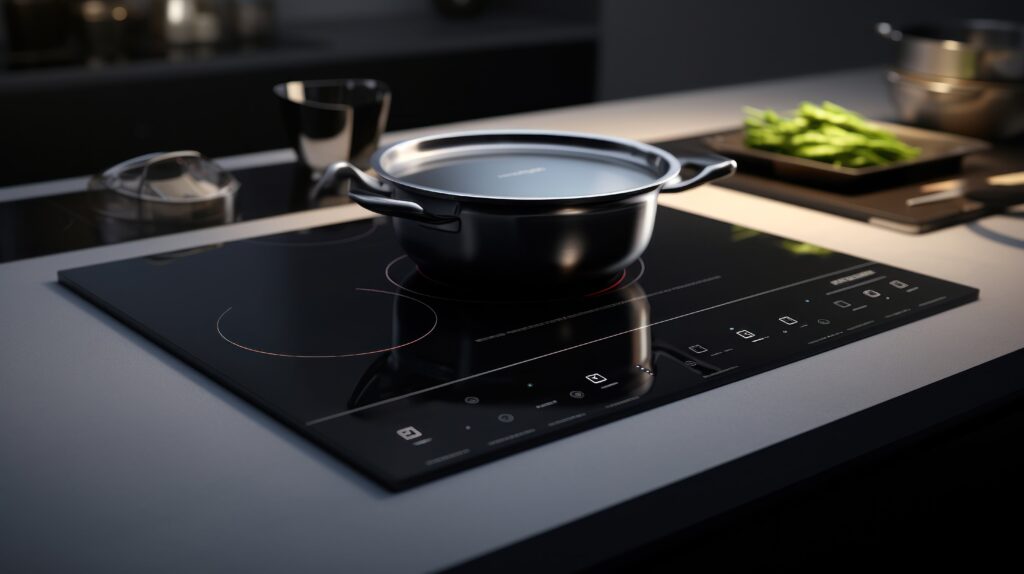
Heating Elements
Look inside your oven for the heating elements. Electric ovens have two types – one at the top for broiling and another at the bottom for baking. If you have a convection oven, there may also be a fan and an additional heating element.
Digital Controls
Modern electric ovens typically feature digital control panels, allowing you to set specific temperatures with ease. They may also have self-cleaning functions and timers, which are generally not found in basic gas ovens.
Power Source
To confirm if your oven is electric, check if it’s plugged into a power outlet. Electric ovens require a 240-volt power supply, which means they should have a dedicated electrical circuit. If it’s hardwired into the wall or floor, that’s another indicator it’s electric.
Safety Tips for Electric Ovens
Electric ovens pose fewer risk factors in terms of fire and gas leaks, but their high temperatures still require caution. Avoid placing flammable objects near the oven, and be sure to unplug it before performing any DIY maintenance.
Energy Efficiency Considerations
Electric ovens can be more energy-efficient than their gas counterparts if they have an Energy Star rating. However, they might provide a different heat consistency than a gas oven, and their longer preheat times could affect both cooking times and overall utility costs.
Key Differences
Now that you know how to distinguish between gas and electric ovens, it’s essential to understand the critical differences between the two to make an informed choice for your home.

Performance Comparison
Gas ovens are known for their quick heating and even distribution of heat, which is beneficial for baking. Electric ovens, on the other hand, can take longer to preheat but offer more precise temperature control, ideal for tasks like roasting and broiling.
Cost Implications
Your choice of oven can impact your pocket both in terms of the initial cost and operational costs. Gas ovens typically cost less to run than electric ovens, depending on the price of natural gas in your area. However, electric models may have a lower upfront cost and fewer maintenance requirements.
Repairs and Maintenance
Maintenance for gas ovens usually involves ensuring good airflow and keeping the burner components clean. Electric oven maintenance requires checking the heating elements and controls for any malfunctions or damages.
Conclusion
Knowing the type of oven in your kitchen is more than just trivia; it’s about making informed decisions for your home. Whether you’re a seasoned cook or a homeowner ensuring your systems are running smoothly, the knowledge from this post can guide you in operating and maintaining your oven effectively. Remember that safety always comes first and that if you have any questions about an oven-related issue, you should always get professional help.
Take the time to identify your oven type, review the operating manual, and put this newfound knowledge to use for better, safer, and more efficient cooking in your home. Your future kitchen creations will thank you for it!
As an Amazon Associate, I earn from qualifying purchases


